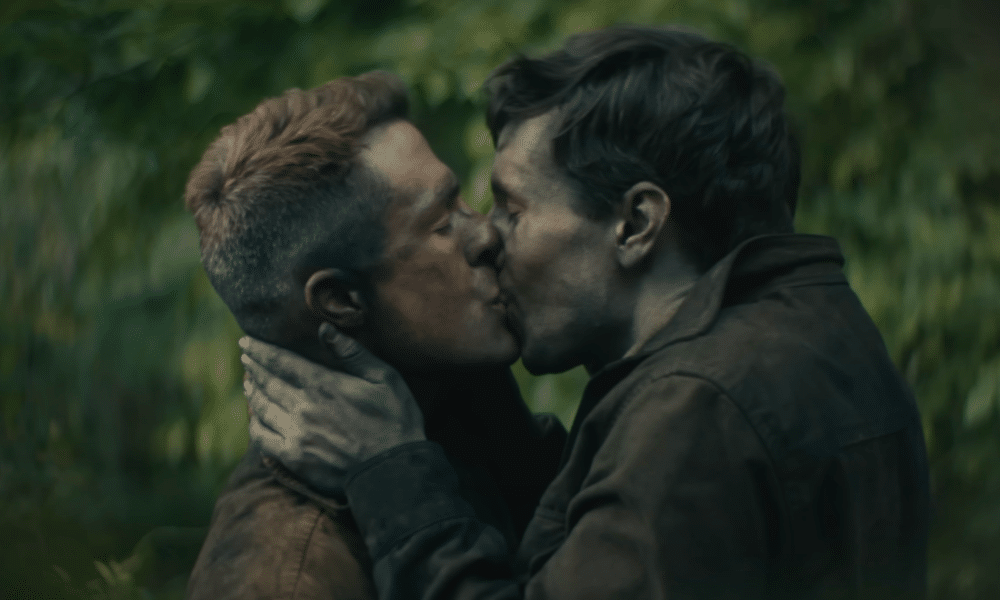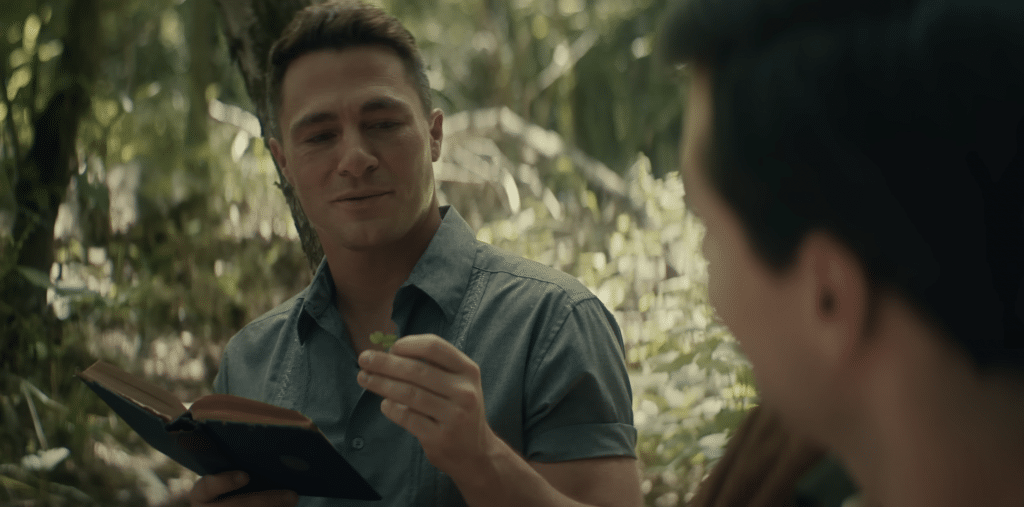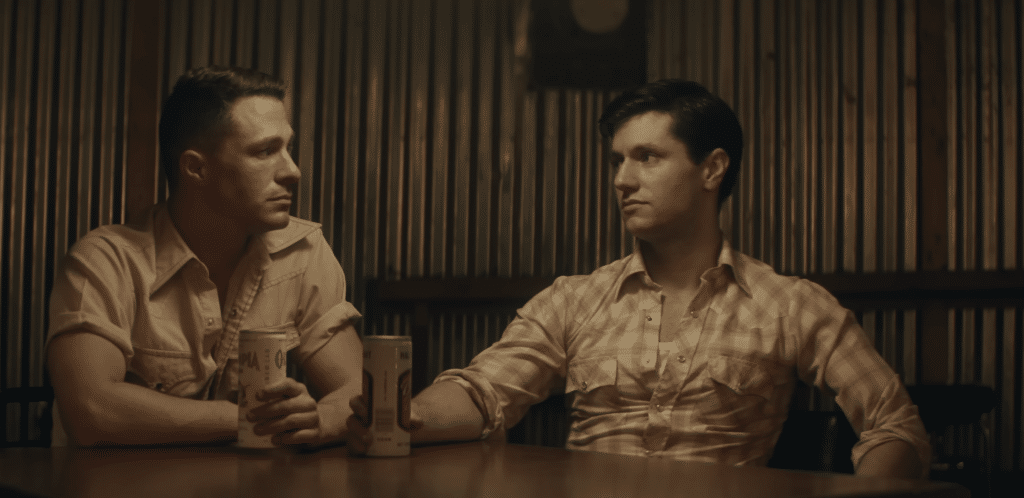Estimated reading time: 2 minutes
Beloved ‘Euphoria’ Actor Angus Cloud Passes at 25
Angus Cloud, beloved for his role in “Euphoria,” has tragically died at his Oakland home.
Family Shares Heartbreaking Statement
In a gut-wrenching statement, Angus’ family let us in on their pain, “Today, we had to say the toughest goodbye to a truly incredible soul. Angus was more than just an artist to us; he was our friend, our brother, our son. He was a special kind of magic that touched us all.”
The statement didn’t stop at that. It poured more insight into Angus’ life – his struggles and battles. “Angus just recently had to say goodbye to his dad, a loss that hit him really hard. Knowing that Angus is now in his dad’s company again, his best friend, is the only comfort we have right now. Angus was never shy about sharing his mental health struggles. We hope his departure can be a beacon of light for others out there reminding them they’re not alone, and it’s okay to share, not bear, their battles.”
Remembering Angus Cloud
In their final heartfelt words, Angus’ family set the stage for his legacy, “We want Angus remembered for his laughter, his humor, and his boundless love. While we’re still reeling from the loss, we ask everyone to respect our privacy.”
The family didn’t say much about what led to his death, but hints indicate it might be tied to his struggle to cope with his father’s passing.
Angus was on a fast-track to Hollywood stardom, thanks to his memorable role as Fezco on the hit HBO series ‘Euphoria’, where he held the spotlight from 2019 to 2022.
His talents weren’t just limited to ‘Euphoria’. He also took on roles in movies like “The Line,” “North Hollywood,” and showed up in music videos from chart-toppers like Becky G, Karol G, and Juice WRLD. The talented 25-year-old had two more projects ready to roll out.
During his last chat with the press in March 2022, Angus had passionately defended ‘Euphoria’ against critics who claimed the show was glamorizing drug use. He argued that ‘Euphoria’ was instead painting the raw, unfiltered reality of what many teens and young adults experience today in America.
Our hearts go out to Angus’ loved ones during this incredibly challenging time. He was just 25.




















